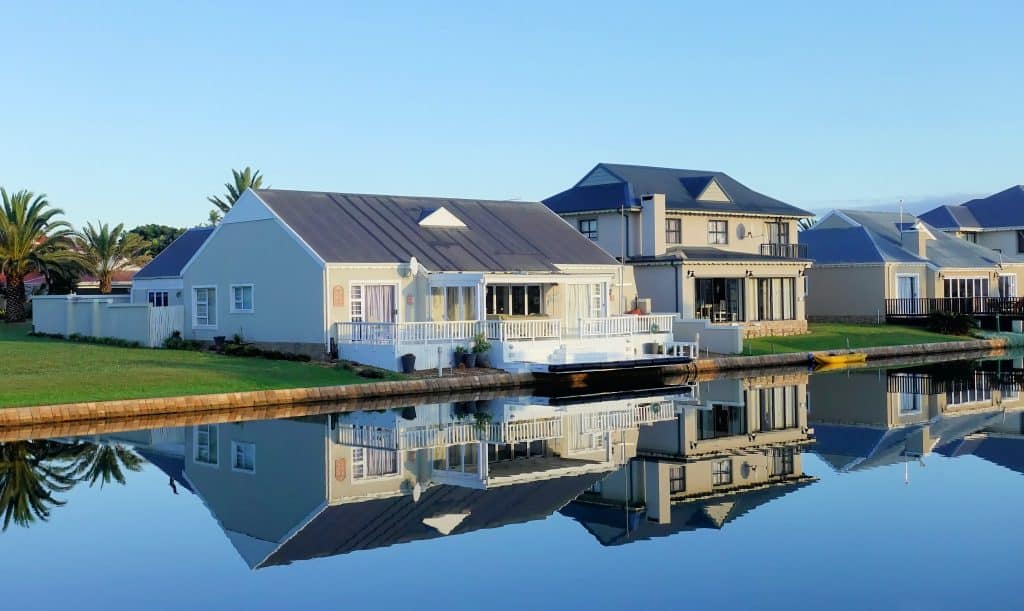Rental Crisis in Australia: Prices Soar as Home Ownership Declines

The nation is currently grappling with an intensifying rental crisis as unit rents rise at an alarming pace, overshadowing wage growth. As a result, many Australians, particularly low-income earners and younger generations, are bearing the brunt of the affordability crunch.
According to Michael Yardney, in his article, “What the rental crisis means for property investors”, the Australian rental market is tightening, with vacancy rates plummeting and rental prices surging. This has been attributed to a decline in homeownership rates, which fell from 71.4% in 1991 to 67.8% in 2021. Yardney points out that the main culprits behind this decline include the escalating cost of housing and a demographic shift as younger individuals opt to rent before purchasing.
Yardney notes, “There are also a large group of renters who rent a property out of choice.” Yet, the overarching issue is clear: “many are forced to rent because they can’t afford to buy a house.”
The situation is further exacerbated by government policies that favor tenants, potentially alienating private landlords. Yardney emphasizes the role of private landlords in providing rental accommodations, stating, “most landlords are ordinary Australian mums and dads who only own one or two properties, and who are trying to secure their financial futures.”
Meanwhile, Jim Malo’s article titled “‘A disaster’: Unit rents rising more than seven times as fast as wages” paints a grim picture. With asking rents for units in capital cities surging by 26.1% over a year, and wages only increasing by 3.6% in the same period, renters are undoubtedly under pressure. This imbalance in the market has led Westpac senior economist Matthew Hassan to describe the situation as “pretty nasty” for renters. He mentioned, “There’s not many options available for people… It’s the pointy end of a pretty bad shortage of housing that we’re finding at the moment.”
Furthermore, the problem isn’t solely about affordability. Supply is a significant challenge. As Yardney stressed, “It’s a supply issue. And we’re currently dealing with a significant rental shortfall and long lead times with built-to-rent accommodation.”
Joel Dignam, executive director of Better Renting, echoed the supply problem but from a different angle. Given the low-vacancy rate environment, landlords have an upper hand. Dignam explained, “Low vacancy rates mean landlords can charge more rent and there are little options for renters.” He further suggested that a cap on rent increases might be a potential solution, referencing its success in the ACT.
Economists and analysts agree on the pressing need to increase housing supply to address this crisis. Yet, as Yardney puts it, “I believe the government needs to encourage private investors to get back into the market in order to provide the rental accommodation the government and large corporations cannot.”
As the rental market continues its tumultuous journey, the impact on Australians, especially the younger and lower-income demographics, remains to be seen. What is evident is the need for immediate action to address both supply and affordability challenges in the rental sector.
References:
“What the rental crisis means for property investors” by Michael Yardney https://www.yourinvestmentpropertymag.com.au/expert-insights/what-the-rental-crisis-means-for-property-investors
“‘A disaster’: Unit rents rising more than seven times as fast as wages” by Jim Malo. https://www.smh.com.au/property/news/a-disaster-unit-rents-rising-more-than-seven-times-as-fast-as-wages-20230823-p5dyrs.html






Responses